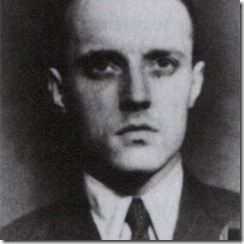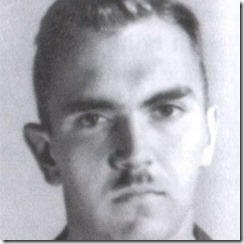Leo Marks (24 September 1920- 15 January 2021) was born to a devout Jewish family in London. His father was joint owner of Marks and Co and was an antiquarian bookseller in Charring Cross Road, London. Marks joined the army in January 1942 and was sent to Bletchley Park as a codebreaker where he was regarded a misfit. However, SOE saw him has as one of a few unique people who could see patterns and codes that most people would miss. A modern description being ‘he could see so far out of the box most people even with a powerful telescope would miss it’.
As head of SOE’s European Country Sections codes and cyphers he was based at Mitchel House Baker Street, London with a staff of over 400 and was responsible for proving wireless trained agents operating in countries under occupation with cyphers which included various identity and security checks when sending signals to London.
He also provided every agent with a poem code to transpose text into coded messages and the most famous of his poem is ‘The life that I have’ used by Violette Szabo GC who refused to reveal it to the Gestapo after her capture.
Like many films and books about SOE ‘Carve Her Name With Pride’ was promoted as the true story of Violette Szabo but was heavily dramatized and had many historical inaccuracies including the claim her poem code was written by her husband who had recently died, this was among many books and films heavily criticised by former SOE agents and staff officers and these inaccuracies continue to be duplicated by authors and film makers.



